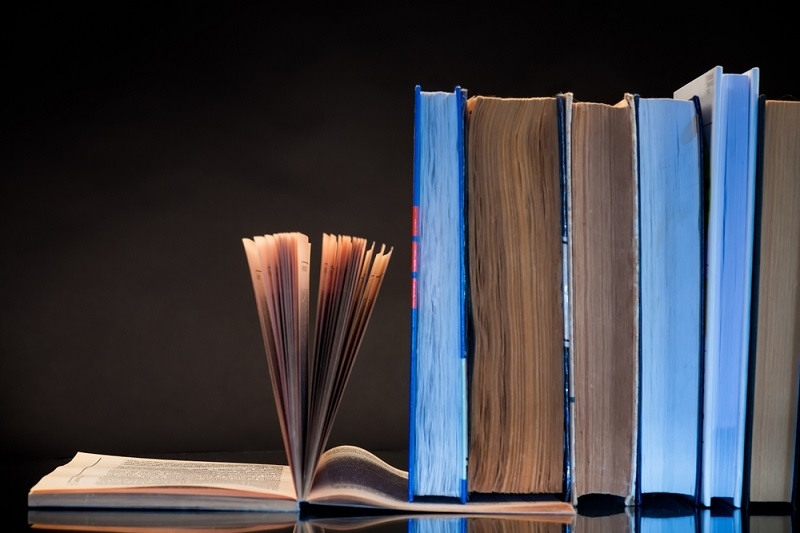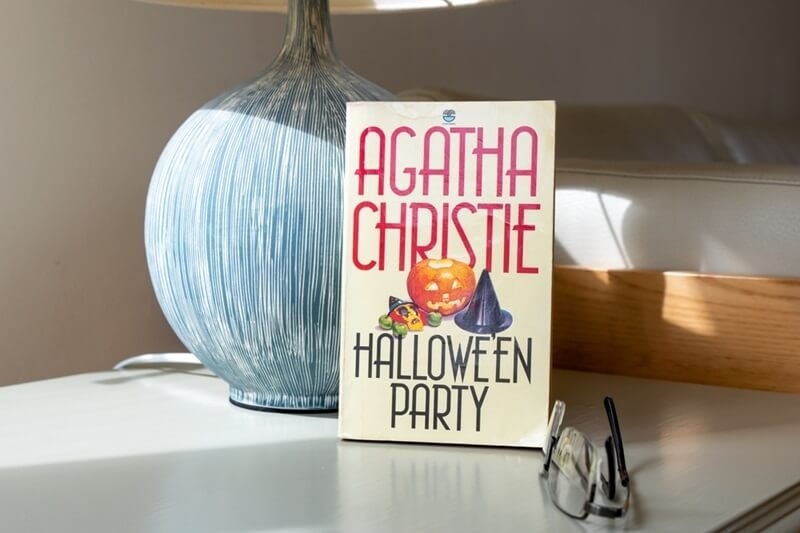The Art of Letter Writing: Why Stationery Matters

In an instant messaging environment of emails and social media, letter writing is lost. For those who still do it, they understand that it is way beyond a form of communication. It is a ritual that transcends the heart. Unlike sloppy text or impersonal email, letters have a quality that stands the test of time and captures the emotional fabric. Stationery, in letter writing, takes this experience to a different level. Stationery plays a vital role in letter writing as it adds dimensions of personality and gives a lively feel. This article explores the never-ending art of letter writing, probing why stationery is such a big deal in making every letter a unique and treasured mode of communication.
The Lasting Appeal Of Letter Writing
Long before technology existed, letters were the primary medium of long-distance communication. Be it lovers, friends, or family, these letters constituted a physical relationship between two people, carrying their thoughts, feelings, and experiences to the other end. Writing a letter was laboriously time-consuming, which was a thoughtful aspect lacking in this rapid communication world. The act of sitting down to write, stopping to think how to start, and thinking of words to use feels almost intimate by itself.
The beauty of letter writing lies in the possibility of bringing a personal and emotional touch to the communication process. Digital communication happens instantly, yet it is just the prototype of impermanence and can never replace a well-written letter. A handwritten note looks and feels like a reality. It bears the sender's handwriting, and even slight imperfections in the script lend a sense of closeness and warmth. Letters can be regarded as materialistic evidence of relationships. A letter can also prove to be very elating regarding emotional response. It makes the person think of the care and effort put into writing that letter.
The Influence of Stationery In Written Communication
While the content of a letter is unquestionably important, the medium through which it is expressed is equally essential. This is where stationery comes into play. Stationery is more than just paper-it is an extension of the writer's personality and the message they wish to convey. The choice of paper, color, texture, and design all add to the overall experience of receiving and reading a letter. Stationery adds a layer of meaning, enriching a simple letter into an unforgettable souvenir.
Using quality stationery signals that the letter is something special. It shows that the writer has taken the time to craft their message and select the perfect medium for it. In a world where convenience often trumps effort, the deliberate choice of stationery demonstrates thoughtfulness and care. A letter written on elegant paper instantly feels more personal, intentional, and cherished than a generic paper or an email.
Stationery as a Symbol of Personal Flair

One of the most fascinating reasons stationery matters in letter writing is its ability to reflect the personality and style of the writer. From hues and designs to fonts and textures, there are many ways to personalize it. Whether you want that classic cream-colored paper or you like something more quirky, like a palette full of vibrant hues and intricate patterns, the stationery that will be chosen will say something about the sender to the recipient.
A purist would want a very drab and line-less letter in a neutral color, while a more frivolous personality would have bright colors alongside decorative drawings. Personalized letterheads or monograms can bring another layer of individuality to the letter, which should sound only to them. In this sense, stationery visually represents the writer's tastes, setting the tone even before reading the first word.
Of course, there is stationery for every occasion. There is formal stationery, then a chic and restrained one perfect for a formal letter. Then there is more colorful, casual stationery for a letter to a close friend. It depends on the mood and intention behind the letter.
Enriching the Moment for the Receiver
Unlike digital communication, whose fleeting nature makes it seem like it's disappearing before your eyes, handwritten letters have a tangible existence. They can be touched and physically grasped. If the paper is scented, you could even smell them. Letter writing has several sensory aspects that make the experience more engaging and meaningful, thus making the letter personal and heartfelt. Details such as how the letter is folded or sealed in the envelope can even be vital to the whole experience of receiving a letter or correspondence.
The tactile quality of stationery with different textures and weights calls the reader to slow down and experience the letter as a physical object. This distinguishes letters from digital messages that are cast aside right after a scan of the message, then deleted or forgotten. However, letters stay behind in drawers or boxes for years and are viewed every so often in memory of special times or relationships.
Adding a Personal Touch: Why Stationary Counts
In today's world, marked by alpha numbers that govern time, the handwritten letter still shines with its personal touch. It's so easy to shoot an email, just as it is easy to send a text message. However, writing a letter takes time and work. Taking time with the pen and paper and sensibly choosing the words of the message creates a sense of intimacy that digital communication cannot replicate. This personal touch is further flavored by our stationery, whereby the writer can produce a letter that would feel uniquely theirs.
The manuscript quality of a letter speaks to its human dimension. A handwritten letter never feels like a typed text, which seems such a cold, impersonal construct. Every handwritten letter carries its author's signature in personality. The characteristic variations in handwriting, the occasional crossed-out word, doodling, or scribbles in the margin all add to the authenticity of the handwritten letter.
The choice of stationery reinforces the personal touch by adding another layer of meaning. Whether a simple notecard or an elegantly embossed piece of writing paper, the stationery adopted captures the care and thought put into letter crafting. In this way, the stationery and handwriting combine to present a powerful combination that enhances the letter's emotional impact.
Bringing Back the Tradition of Letter Writing
In an era of quick texts and emails, letter writing offers a refreshing alternative. It encourages us to slow down, reflect on what we want to say, and express more meaningfully and intentionally. But for people wanting to appreciate the beauty of letter writing, stationery plays a crucial role in elevating that experience.
Quality stationery makes simple notes memorable and significant through a writer's choice. Choosing paper, design, and presentation are avenues by which the words themselves can be communicated but also avenues for the writer's personality, mood, and intent. The recipient, in turn, feels the impact of this attention to detail, making the letter more than just a message but a cherished keepsake.
Conclusion
The art of letter writing may seem like a dying practice in the digital age, but its value remains eternal. Letters offer a level of personal connection that digital communication cannot duplicate, and stationery plays a vital role in augmenting this connection. Whether through the tactile pleasure of quality paper or the thoughtful design elements, stationery adds a personal touch that elevates the entire letter-writing experience.
This content was created by AI





